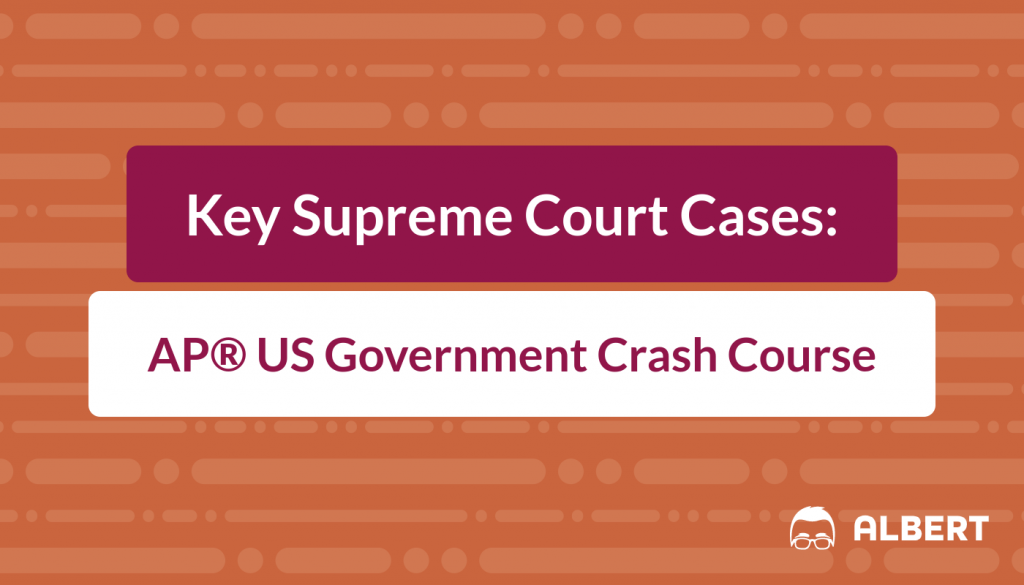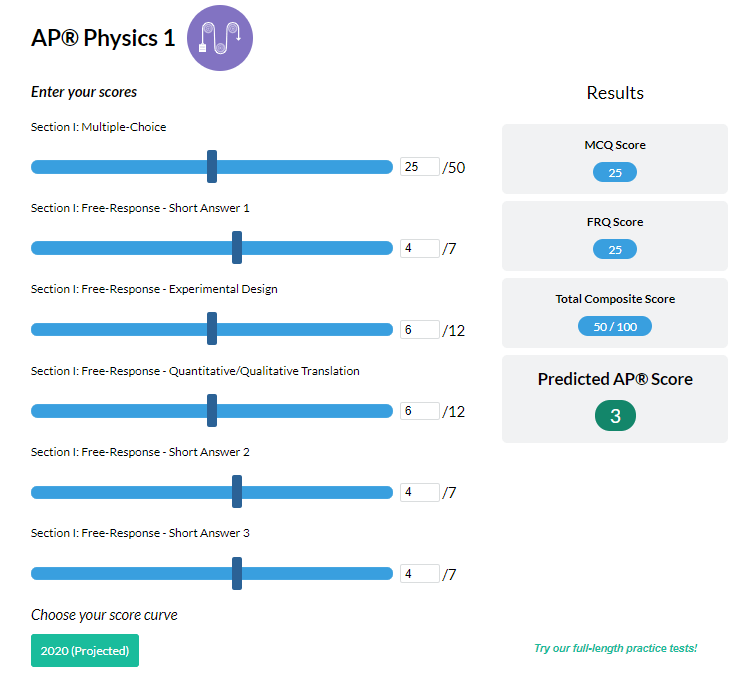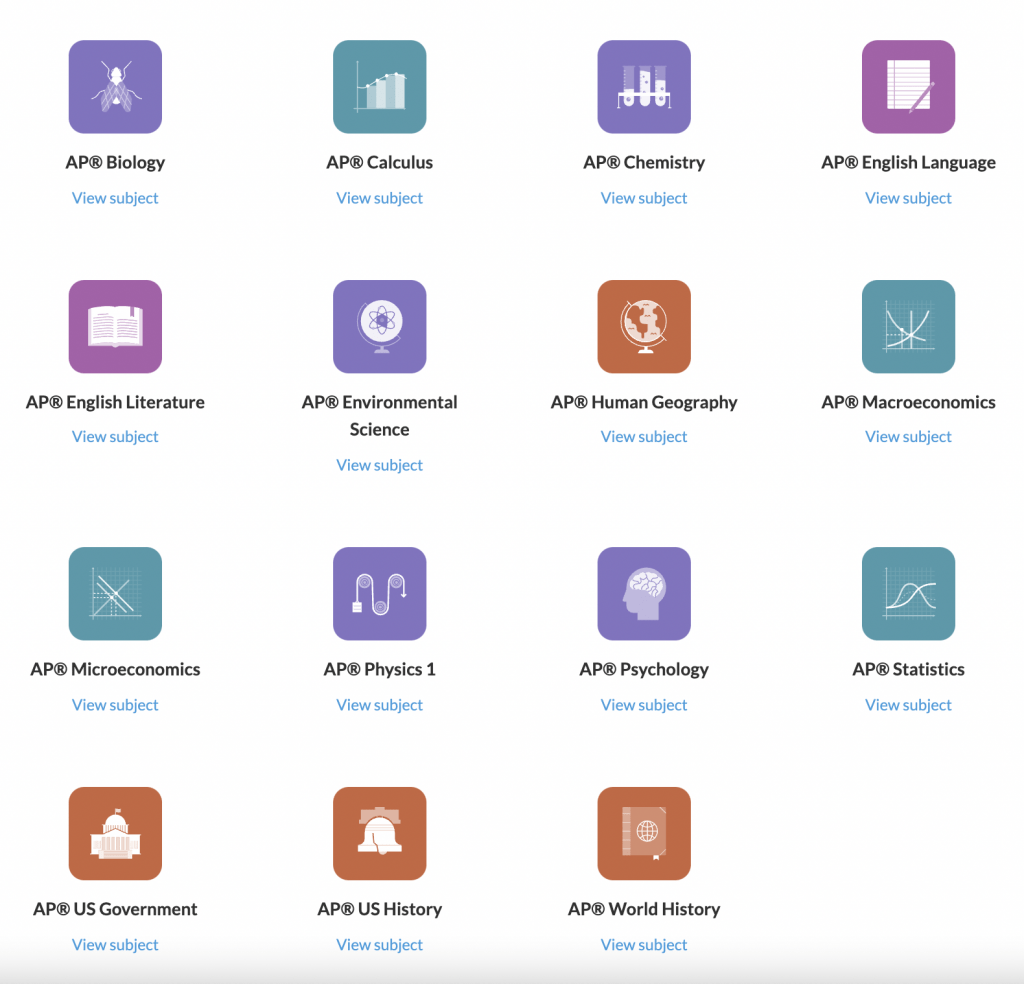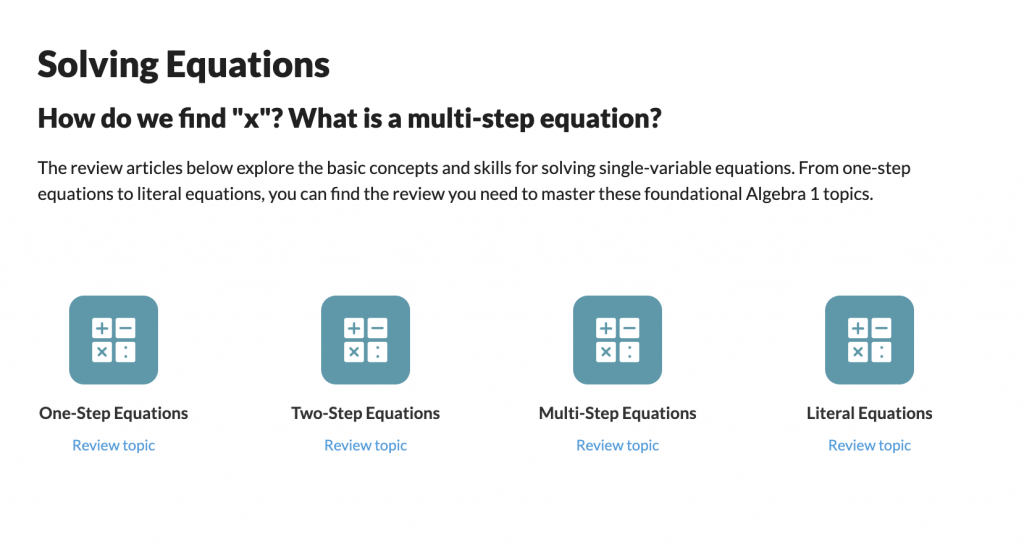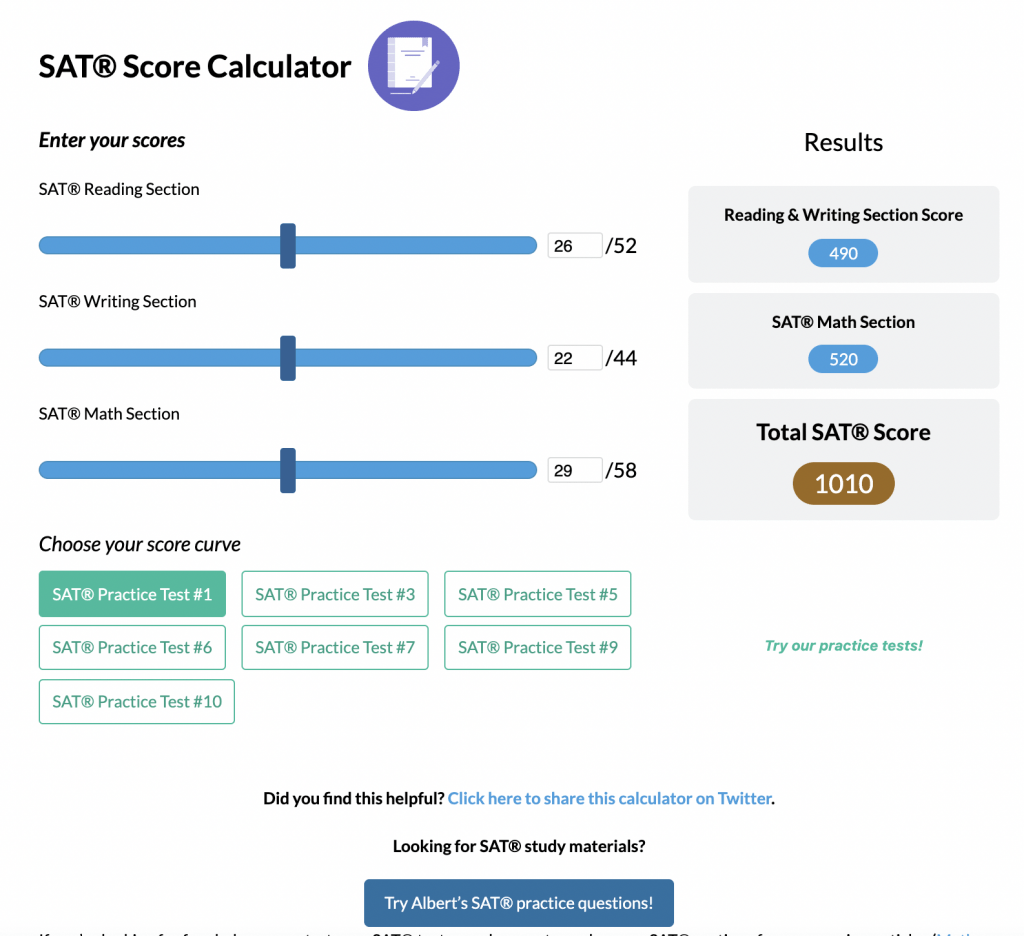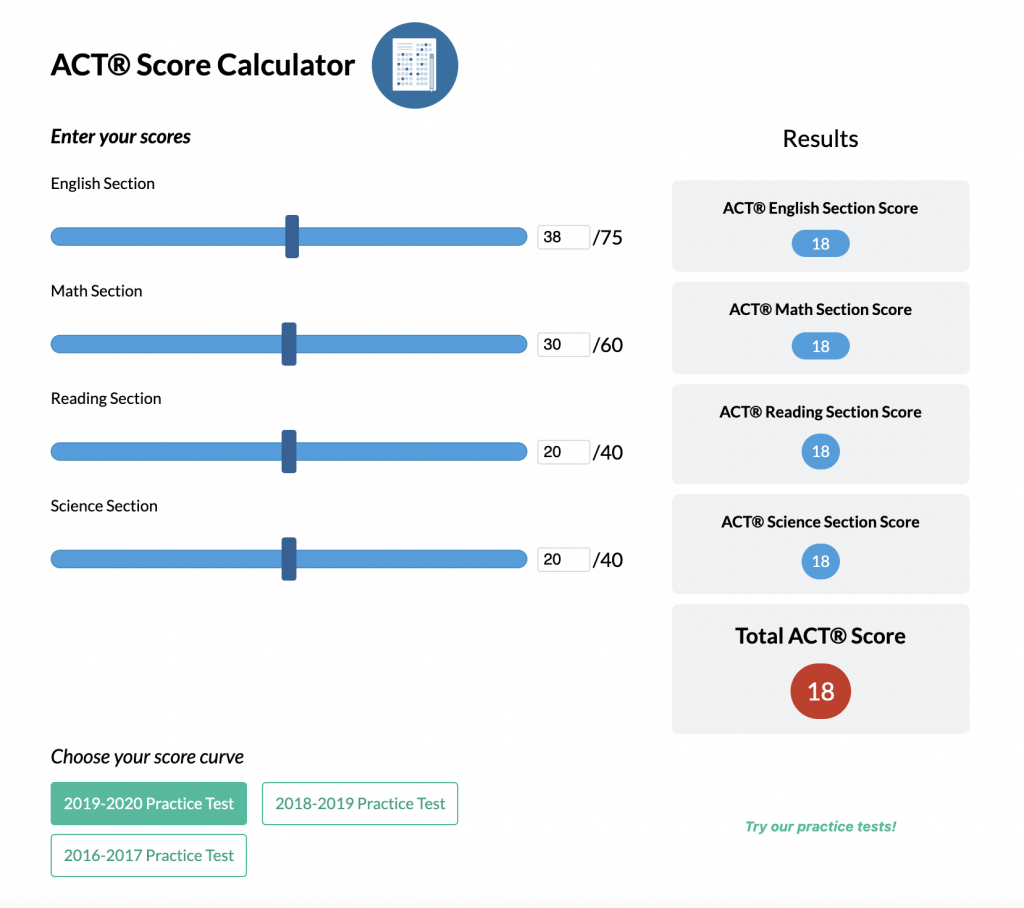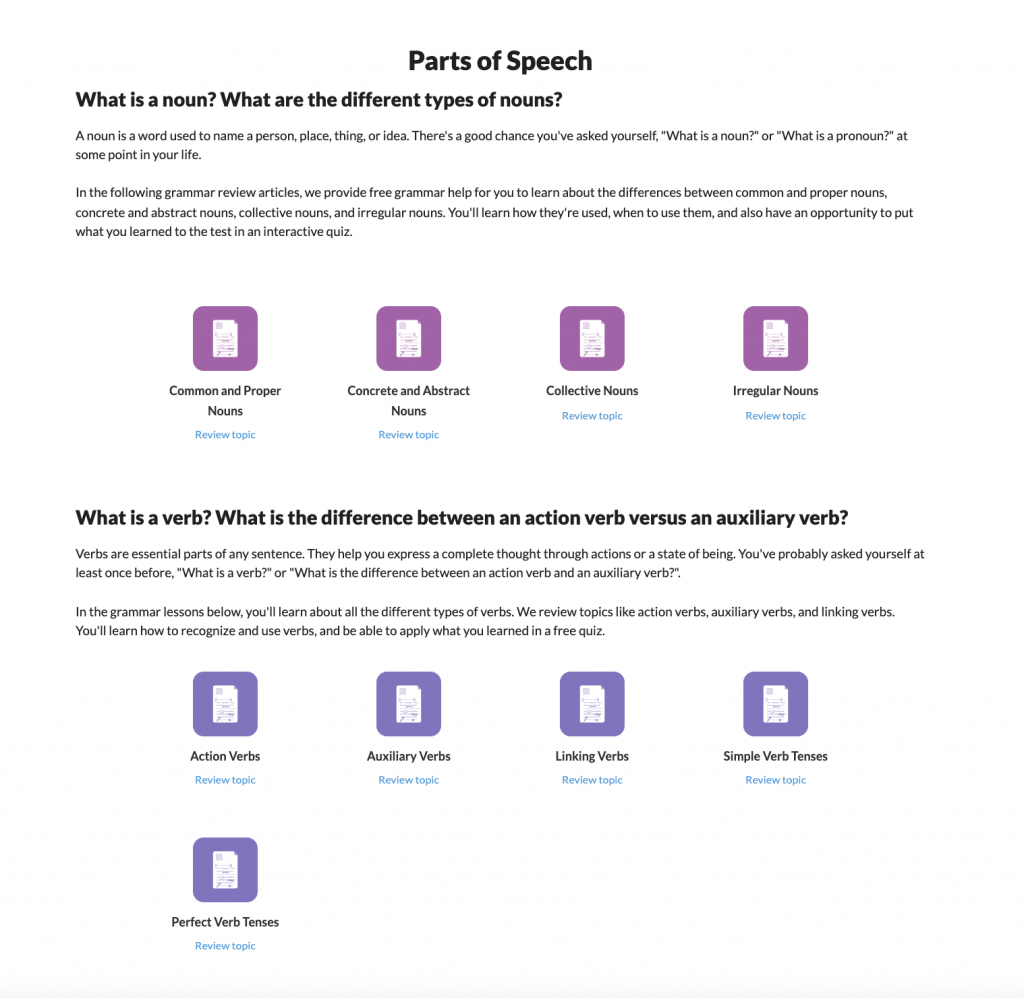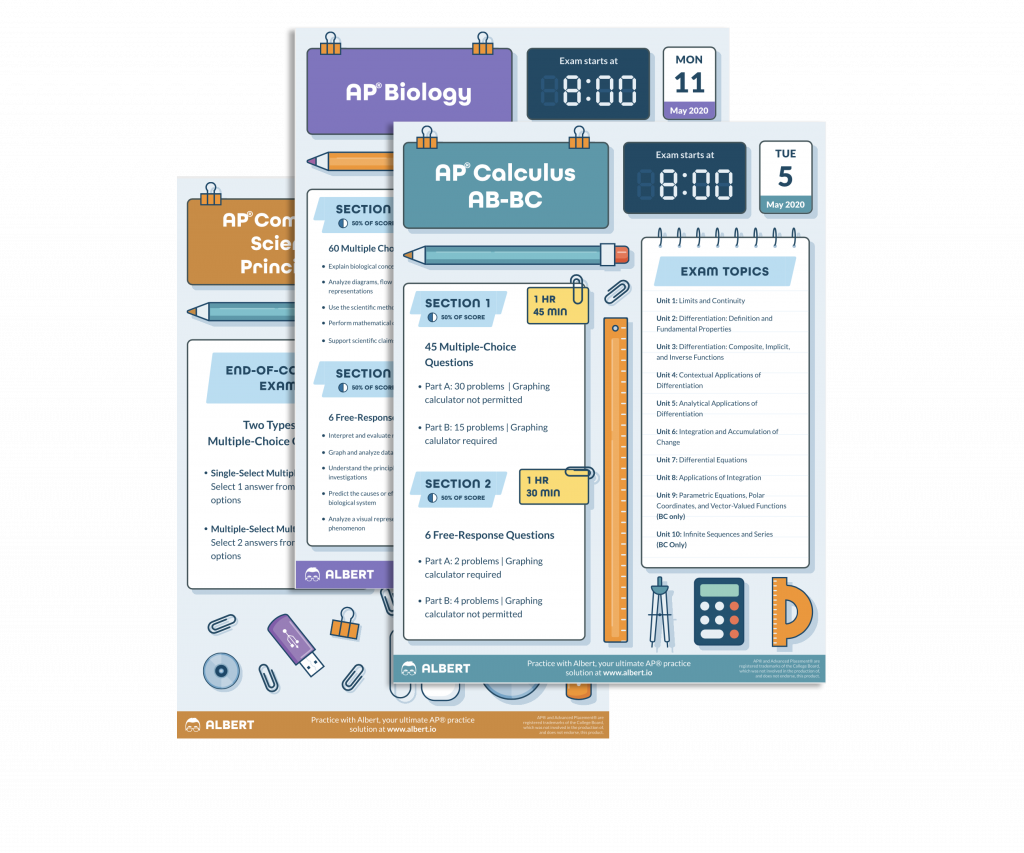The Supreme Court has issued thousands of opinions, but some of its decisions have either had a profound impact on American history or continue to influence American government today.
The following is a comprehensive list of these cases. You are certain to be asked about some of them on the AP® US Government & Politics exam.
| Case | Year | Holding (opinion) |
| Marbury v. Madison | 1803 | Establishes judicial review. |
| McCulloch v. Maryland | 1819 | Expands federal “implied powers” |
| Gibbons v. Ogden | 1824 | Establishes Congress’s power to regulate interstate commerce. |
| Dred Scott v. Sanford | 1857 | Says that slaves are not citizens. |
| Munn v. Illinois | 1876 | Says that states can regulate privately owned business to protect the public’s interests |
| Plessy v. Ferguson | 1896 | Holds that separate but equal facilities for African-Americans are constitutional |
| Schenck v. US | 1919 | Allows limits to speech based on the “clear and present danger” principle |
| Gitlow v. New York | 1925 | Incorporates free speech to apply to the states |
| Near v. Minnesota | 1931 | Says there can be no prior restraint of publication based on freedom of the press |
| Korematsu v. US | 1944 | Says that the government can intern (imprison) citizens during wartime emergencies |
| Brown v. Board of Ed. | 1954 | Overturned Plessy ruling in regard to public schools. |
| Roth v. US | 1957 | Obscenity is not protected by free speech rights |
| Mapp v. Ohio | 1961 | Defines “unreasonable search and seizure” and regulates the use of warrants to obtain evidence |
| Baker v. Carr | 1962 | Holds the court may intervene in appointment cases and that every citizen’s vote carries equal weight |
| Engle v. Vitale | 1963 | Says that there can be no school-led prayer in public schools |
| Gideon v. Wainright | 1963 | Requires that states provide defendants with attorneys in state courts |
| Heart of Atlanta v. US | 1964 | Says that the Commerce Clause applies to private and interstate business |
| Griswold v. Connecticut | 1965 | Citizens have an implied right to privacy, including the right to use contraceptives |
| Miranda v. Arizona | 1966 | Says that police must explain the rights of the accused at the time of arrest |
| Terry v. Ohio | 1968 | Police can search and seize if they have probable cause |
| Lemon v. Kurtzman | 1971 | Establishes the Lemon Test, which allows for some government aid to parochial schools |
| N.Y. Times v US | 1971 | Limits prior restraint of the press |
| Miller v. California | 1973 | Holds that community standards determine what obscenity is |
| Roe v. Wade | 1973 | Establishes a woman’s right to an abortion under specific circumstances |
| US v. Nixon | 1974 | Holds that executive privilege does not extend to criminal cases |
| Gregg v. Georgia | 1976 | Holds that the death penalty does not violate the Constitution |
| Buckley v. Valeo | 1976 | Establishes campaign money limits but also holds that contributions are a form of speech |
| Regents v. Bakke | 1978 | Race can be considered in admissions, but no racial quotas are allowed |
| New Jersey v. TLO | 1985 | School searches without warrants are allowed |
| Hazelwood v. Kuhlmeier | 1988 | School newspapers can be censored by teachers and administrators |
| Texas v. Johnson | 1989 | Flag burning is a form of free speech |
| Planned Parenthood v. Casey | 1992 | States can put some restrictions on abortion |
| Santa Fe ISD v. Doe | 2000 | There can be no school-led prayers at extracurricular events |
| Bush v. Gore | 2000 | Ended the election recount in Florida, which led to George W. Bush winning the 2000 presidential election |
| Gratz v. Bollinger | 2003 | Affirmative action in college admissions is OK but must be limited |
| McDonald v. Chicago | 2010 | Incorporated the 2nd Amendment right to bear arms to the states |
| Citizen’s United v. FEC | 2011 | Removed campaign contribution limits for business and unions |
It is important that you know the bare-bones facts of these cases. It’s not a bad idea to make flashcards with the names and dates of the cases on the front, and the holdings on back, to help you memorize the information.
There’s a decent chance you will be asked to discuss a few cases in more detail, particularly the cases pertaining to the Bill of Rights and civil liberties.
So, let’s take a closer look at a select few of these cases.
Freedom of Religion Cases
In Engle v. Vitale, the Court struck down a New York state nondenominational prayer that began with the words “Almighty God, we acknowledge our dependence on thee…”
Lemon v. Kurtzman set guidelines to help determine whether government action crosses the church-state line. These guidelines are: the purpose of the legislation must be secular, not religious; its primary affect must neither enhance nor inhibit religion; and it must avoid an “excessive entanglement of government with religion.”
Freedom of Speech Cases
In Schenck v. United States, the majority ruled that Schenck did not have the right to print, speak or distribute materials against US efforts in World War I because a “clear and present danger” existed.
New York Times v. US, famously known as the Pentagon Papers case, held that the government did not have the right to prohibit the New York Times from publishing information about the history of US involvement in the Vietnam War.
Citizens United v. FEC held that corporate funding of political advertisements that did not specifically endorse a candidate was constitutional under the First Amendment and could not be limited.
Right to Privacy Cases
Griswold v. Connecticut held that Americans had a right to privacy that was implied by other constitutional protections and that this meant the state could not prohibit the use of contraceptives.
Roe v. Wade used the concept of being “secure in their persons” to hold that abortions are constitutionally protected.
The federal judiciary provides some more summaries of important cases here.
A Practice AP® US Government Free-Response Question

Now let’s look at part of a sample free-response question and figure out how to answer it.
The First Amendment includes two clauses relating to the freedom of religion.
1. Select one of the following cases and identify the First Amendment clause upon which the United States Supreme Court based its decision.
2. Engle v. Vitale (school prayer)
3. Lemon v. Kurtzman (state funding for private religious schools)
4. Describe the Supreme Court’s opinion in the decision you selected in (a).
OK, this shouldn’t be too difficult. For (a), let’s pick Lemon v. Kurtzman.
We know that the First Amendment says “Congress shall make no law respecting an establishment of religion, or prohibiting the free exercise thereof.”
Kurtzman deals with the Establishment Clause, because it aims to allow for government funding of the secular aims of parochial (religious) schools without funding religion itself.
For part (b), the answer is simple. All we have to do is write down how the case was decided. The Court allowed government funding for parochial schools, as long as three guidelines were met:
1. The purpose of the legislation must be secular, not religious
2. Its primary affect must neither enhance nor inhibit religion
3. it must avoid an “excessive entanglement of government with religion.”
Remember the Most Salient Facts of Cases
The key for doing well on questions about Supreme Court cases on the AP® US Government & Politics exam is to memorize the most salient facts about the important cases. Use flashcards, or do drills with a classmate to commit these cases to memory.
Looking for AP® US Government practice?
Kickstart your AP® US Government prep with Albert. Start your AP® exam prep today.

